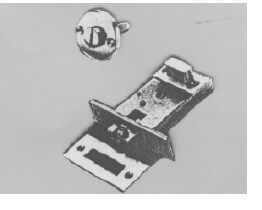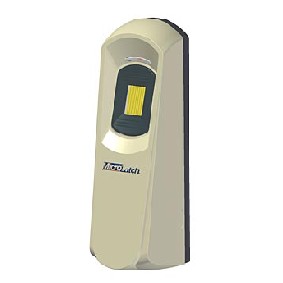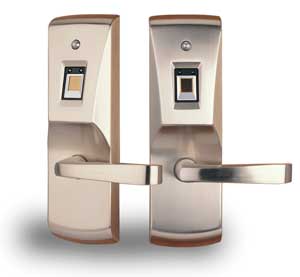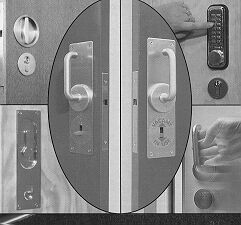

 subscribers
subscribers

Various types of door furniture such as D shaped handles, hinges and magnetic door latches.

Door handles and other door hardware may need to be managed with one hand and or with reduced hand function. Lever handles enable ease of grip and benefit from the assistance of gravity to operate, whereas knobs require fine finger control and good grip.

A round turn knob fitted with a cross bar on a round, stainless steel escutcheon 50mm in diameter. Designed for use with Astra Mortise indicator bolt.

A privacy indicator designed to be fitted to a sliding door which slides into the wall cavity. Operates by a divided tongue which "explodes" sideways into latch on turning bolt.

A self contained keyless access system using electronic and radio frequency technology to automatically unlock a door. It consists of a transponder (card or key ring fob), an antenna unit (mounted externally) and a reader (mounted inside a building).

BIO-13, Microlatch Wireless Fingerprint Door Access unit is a battery operated RF (radio frequency) door access unit. It communicates wirelessly with the receiver. The user presses and matches their finger for identification and entry. Suitable for domestic or commercial applications with internal storage for up to 30 fingerprint templates

A standalone interior door lock that functions without a computer. It is battery powered and uses high tech fingerprint technology to replace traditional locks with high accuracy and speed. Replaces the need for a key to unlock a door. An override key is available.

The Cavlock CL100 is a slam closed parrot beak sliding door mortice lock. It can be used as latch only or fitted with a cylinder to enable snibbing and/or locking. The CL100 Lavlock for sliding toilet doors has all the features of the CL100 as well as 'In Use/Vacant' indication.
Copyright © 2009-2013 Independent Living Centre NSW.
Site designed by the Human-Computer Interaction Laboratory, School of Computer Science and Engineering, University of New South Wales.